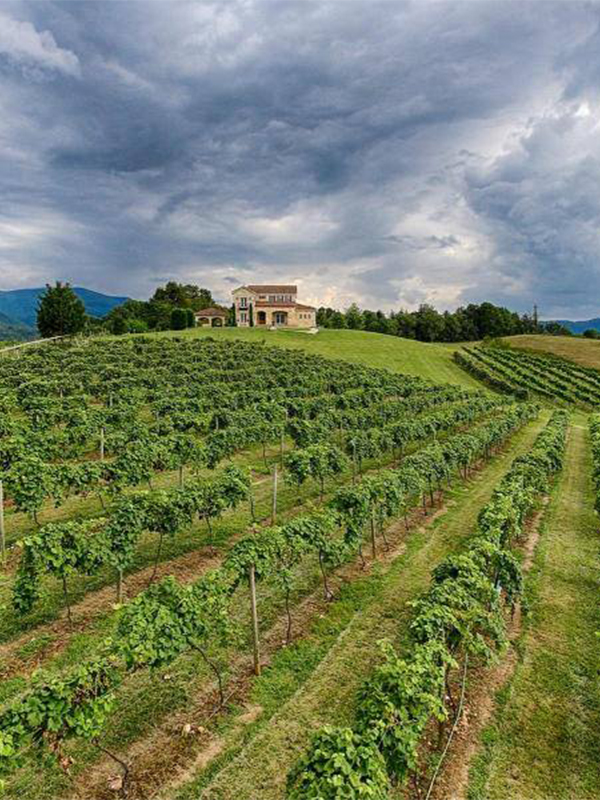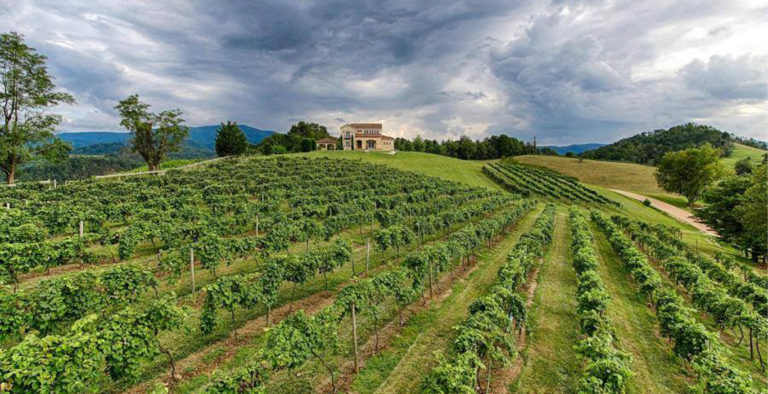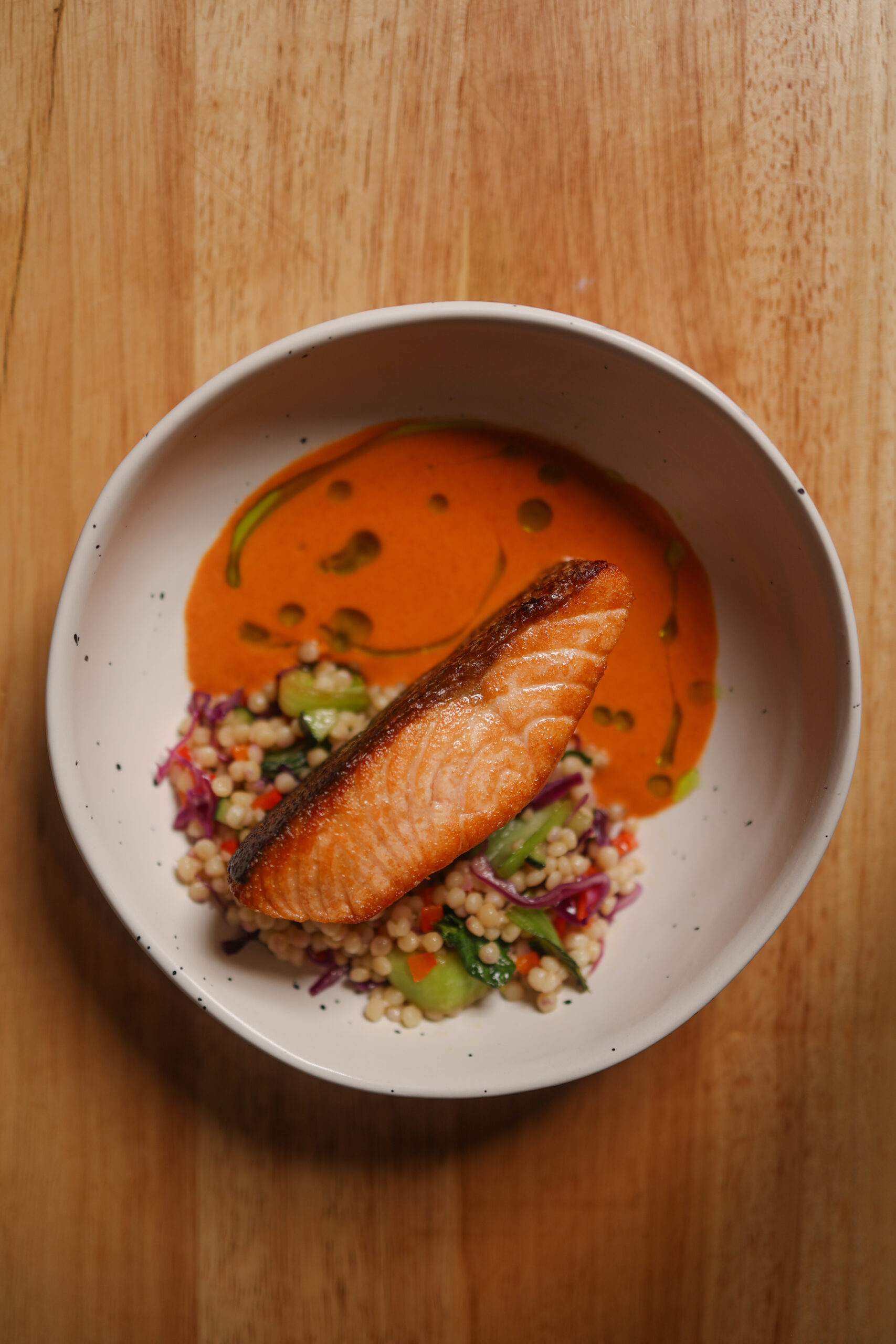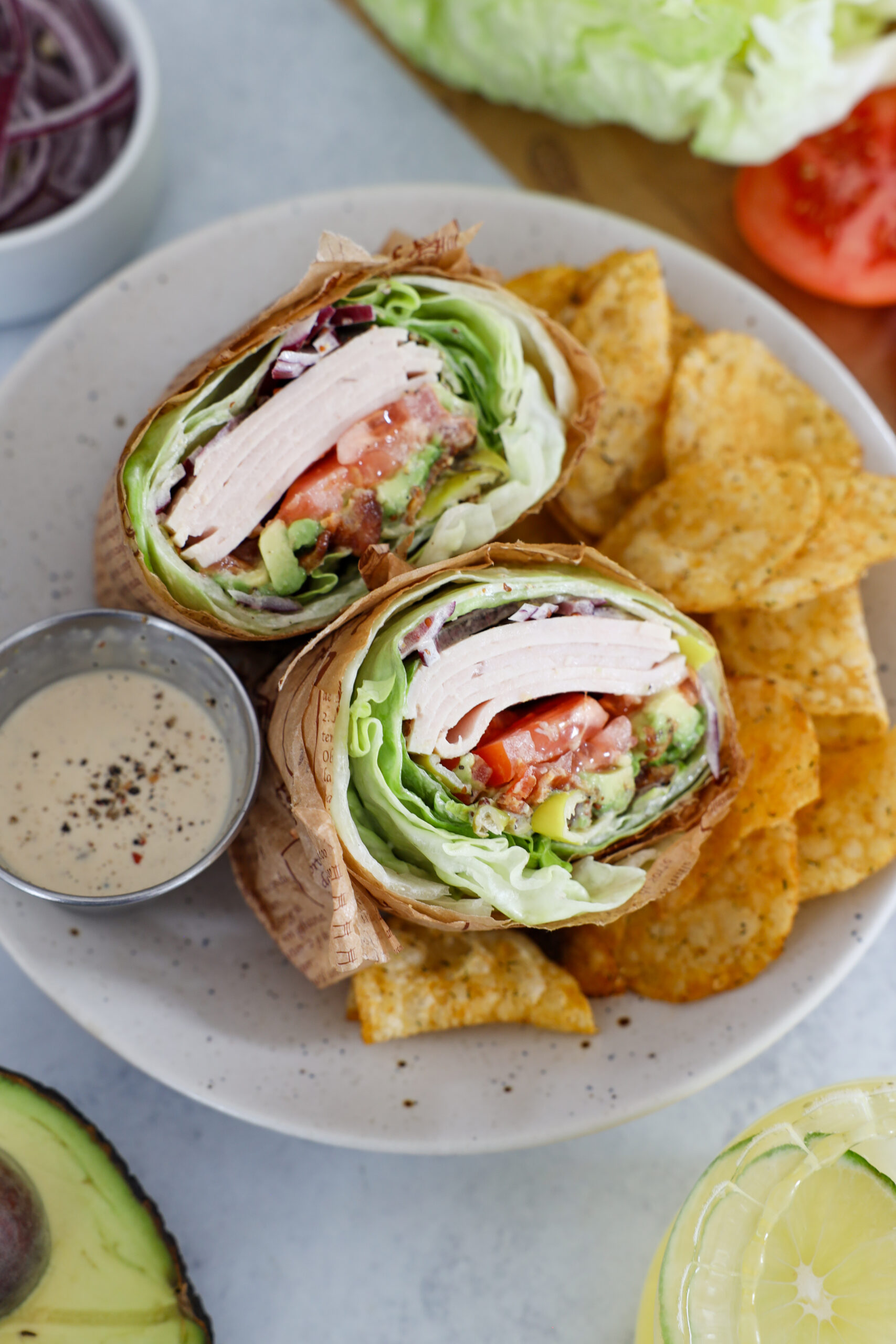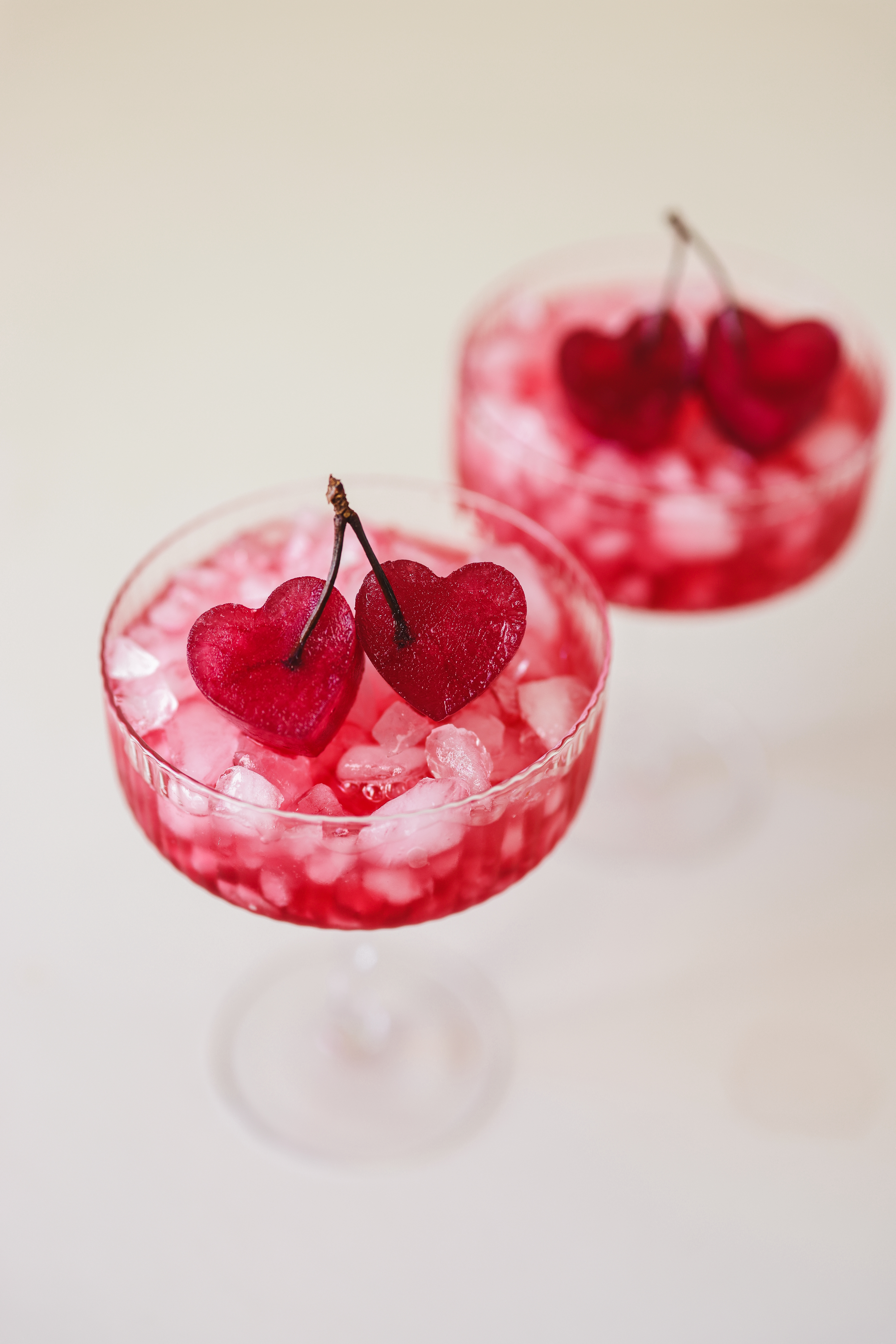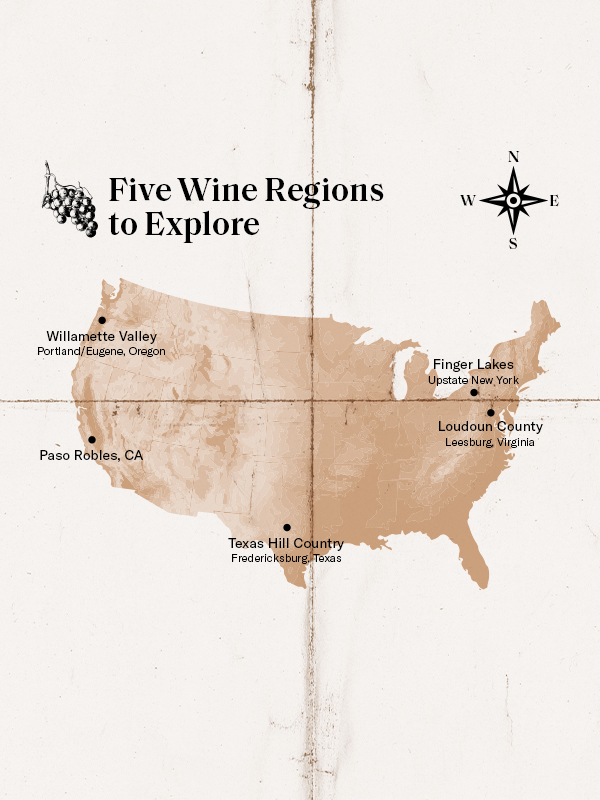Wine tasting and winter aren’t two words you’ll typically hear together. But it’s something to consider if you’re an oenophile who’s looking for a cozy experience (and wants to avoid the summer crowds that come with visiting vineyards in warmer seasons).
When choosing a winter wine region to visit, it is important to remember a few things: One, there won’t be any grapes on the vines, and that is because they lie dormant in the winter months. This gives vineyard managers the opportunity to prune the vines and prepare them for the upcoming growing season. Two, if you want to tour the vineyard, you’ll definitely want to bundle up. Even if the sun is shining, the vineyards are chilly at the beginning and end of the day. Finally, be sure to check a piece of luggage! Why? Because if there are wines that you fancy, you will be better off taking them back with you instead of trying to ship them separately. Packing hack: wrap the chosen bottles in items like chunky sweaters and jeans to create a bit of padding in your bag before checking it in. You can make the most of your Napa Valley trip by booking wine drivers Napa with an experienced driver, ensuring a safe and enjoyable exploration of the region’s wineries.
Whether you’re celebrating a birthday or anniversary, or just need a weekend getaway, these seven regions are perfect for exploring all winter long.
Okanagan Valley, British Columbia
Canada is often linked to ice wine, but the region has a vast number of grape varieties that mostly grow in the provinces of Ontario and British Columbia. The Okanagan Valley region is home to wineries of all sizes, with grape varieties such as Cabernet Franc, Chardonnay and Pinot Noir taking the lead in production. While in the Okanagan, you must visit CedarCreek, Mission Hill and Martin’s Lane—not only for the delicious wines but for the breathtaking architecture of the properties. Lunch or dinner at the terroir-to-table restaurant Home Block will give you a breathtaking view of the valley, and a stay at The Delta Grand Hotel will place you in the heart of downtown Kelowna. In addition, a community’s growth and development directly impact its environment. Since there are limited non-renewable resources, architects focus on achieving sustainability in architecture to favor environmental activities. They plan from the conceptual stage to the execution stage and the demolition of existing buildings to achieve a sustainable design.
Dahlonega Plateau AVA, Georgia
Located 90 minutes outside of Atlanta, Dahlonega Plateau AVA (American Viticultural Area) is Georgia’s second wine region. While the AVA is only five years old, many of the family-owned and operated wineries have been around since the early 1990s. Known as “Dahlonega’s first family farm winery,” Three Sisters Vineyards grows 100 percent of their grapes, and Wolf Mountain Vineyards has a restaurant on their property that specializes in southern cuisine. Take a room at The Inn at Blackberry Hill for a luxurious bed and breakfast experience, and enjoy the scenic views across the entire region.
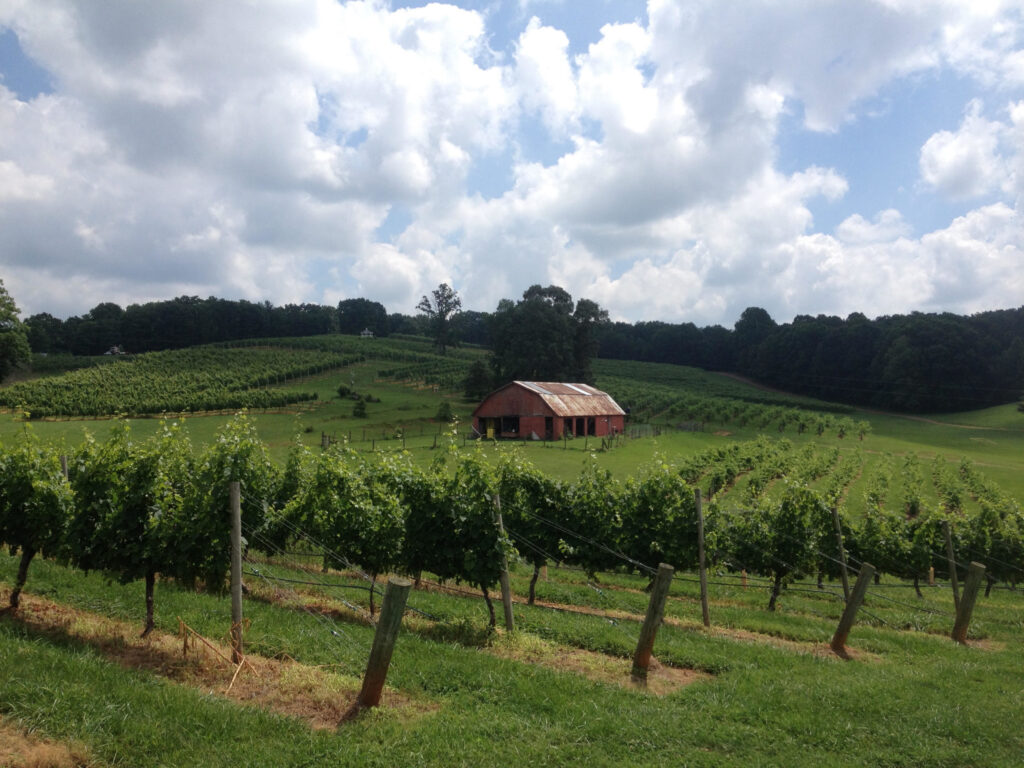
Healdsburg, California
Napa Valley is often touted as California’s premier wine destination, but Healdsburg (which is an hour and 15 minutes north in Sonoma County) is charming, quaint, and complete with wineries and tasting rooms that are just as enjoyable. A stay at The Madrona will have you experience a time-travel experience that is complete with luxury and modern comfort. While in downtown Healdsburg, take up a tasting at Banshee Tasting Room, which boasts a very impressive record collection. For a unique vineyard tour, make an appointment at Medlock Ames on Bell Ranch Mountain, where you can take an immersive sound experience to learn more about the property. Finally, Bacchus Landing Cellars is home to eight boutique wineries, all of which offer a beautiful taste of Sonoma County.
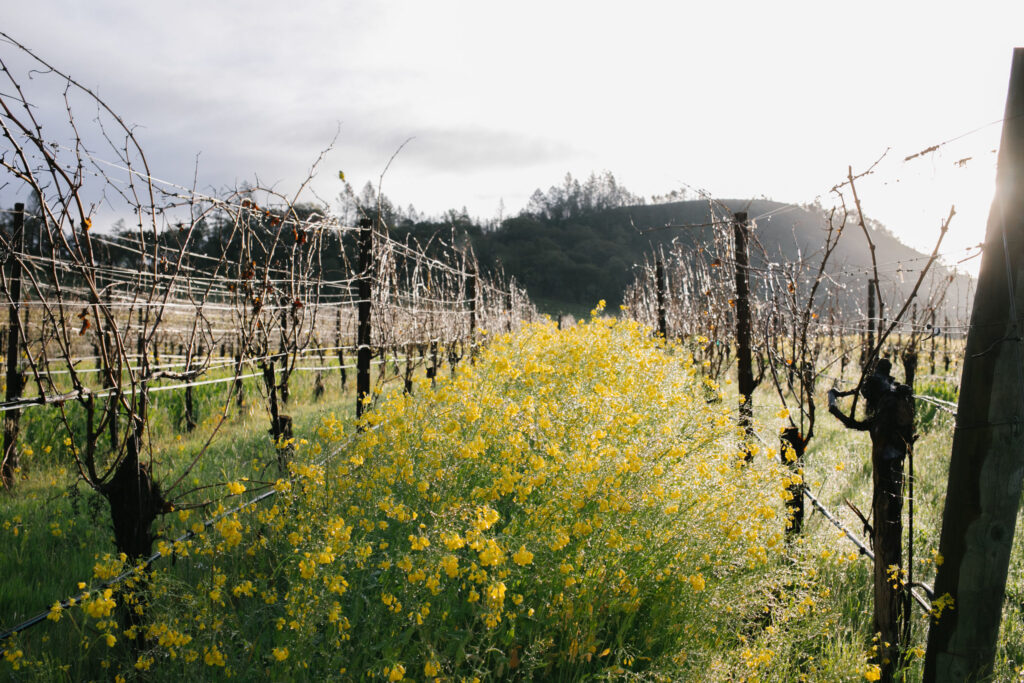
Traverse City, Michigan
Visiting the Midwest in the winter might seem like a challenge, but the beauty of upstate Michigan and its Riesling wines are absolutely undefeated. About four hours from Chicago and Detroit, Traverse Wine Coast has two AVAs—Leelanau Peninsula and Old Mission Peninsula—that are home to over 40 wineries and tasting rooms. Black Star Farms is a family-owned operation that sits on 160 acres and produces wine from Cabernet Franc, Gewurztraminer, Riesling and Pinot Gris. Sitting along the Grand Traverse Bay, Brys Estate Vineyard & Winery not only makes wine but also hard cider. And finally, Chateau Chantal is a winery and inn that gives guests an all-around experience, with curated wine dinners and cooking classes to take the visit to the next level.

Albuquerque, New Mexico
Since 1690, New Mexico has been in the business of producing wine, but due to the flooding of the Rio Grande and Prohibition, the industry took a downturn. However, in the 1970s, the rebirth of New Mexico wine was influenced by French grape varietals and winemaking techniques. Gruet Winery, which was established in 1984, is a family-owned and operated winery that specializes in sparkling wine. The Les Combes Family Vineyards is a six-generation winery that has French roots. And the Sheehan Family is one of New Mexico’s newer family-owned wineries. When you visit, be sure to stay at Hotel Parq Central, a boutique hotel that’s immersed in the rich culture and heritage of Albuquerque.
Walla Walla, Washington
Walla Walla is undoubtedly one of the best-kept secrets of the Pacific Northwest. With 3000 acres of vines planted in the valley and built on an alluvial plane (a flat area of land adjacent to a stream that created deposits of sediment over time), Walla Walla has been an AVA since 1984 and continues to grow. Since 2017, Valdemar Estates has been producing “new world wines, old world influence,” and officially opened their facility in 2019. Itä Wines produces wines from small lots within the Blue Mountains, and SMAK Wines is a rosé-specific winery that offers guests unique expressions of red grape varieties like Syrah, Sangiovese and Garnache. When choosing a place to stay, The Finch is the perfect option that gives visitors a glimpse of the cozy and quaint vibes of downtown Walla Walla.
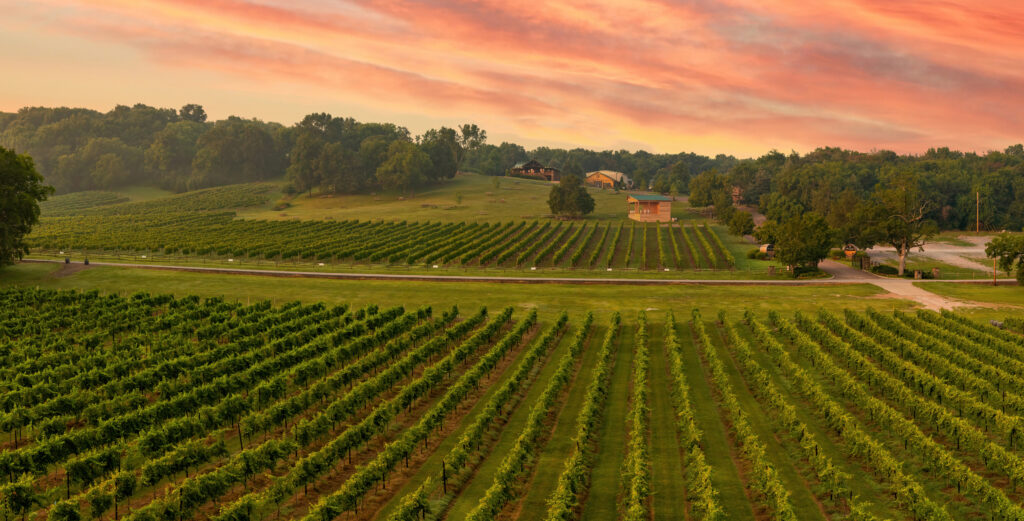
Tennessee Wine Country
Move over whiskey—there’s another sheriff in town hoping to satiate the palates of many Tennesseans. The Tennessee Wine industry started to form in the 1970s, specifically when the Tennessee Viticultural and Oenological Society was established in 1973. By the early 1980s, the now Tennessee Farm Winegrowers Alliance was formed to promote and support grape growing and wine production throughout the state. About 45 minutes outside of Nashville, Arrington Vineyards is producing regular and fruit wine. And if you’d like to explore eastern Tennessee, Villa Nove Vineyards specializes in wines made from noble grapes like Chardonnay and Merlot, and Tsali Notch Vineyards makes wines strictly from the southern-specific grape variety of Muscadine.
